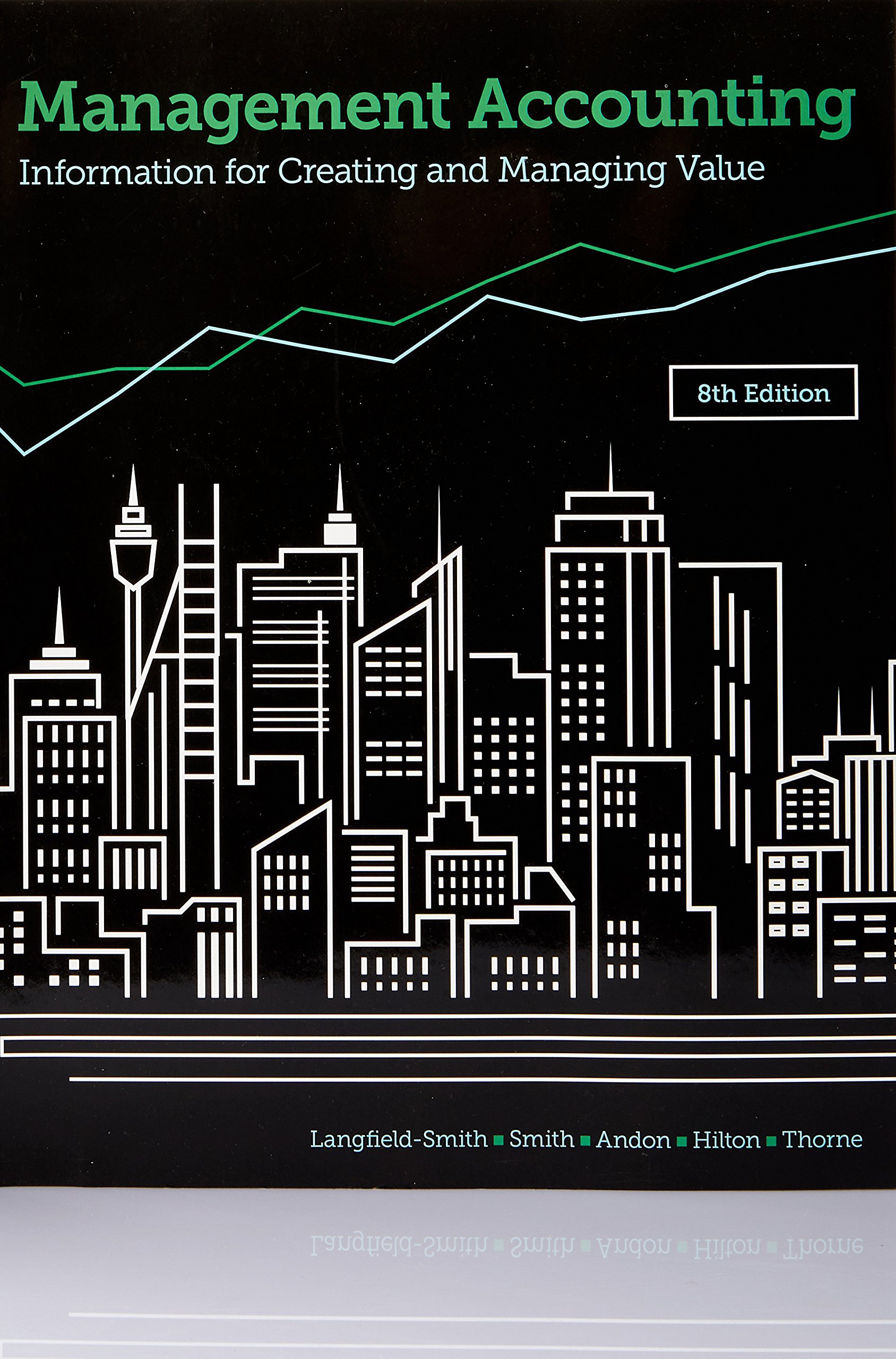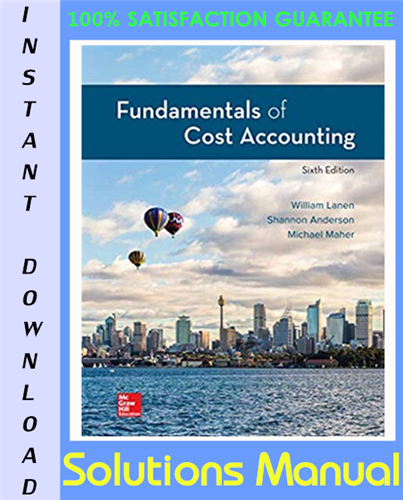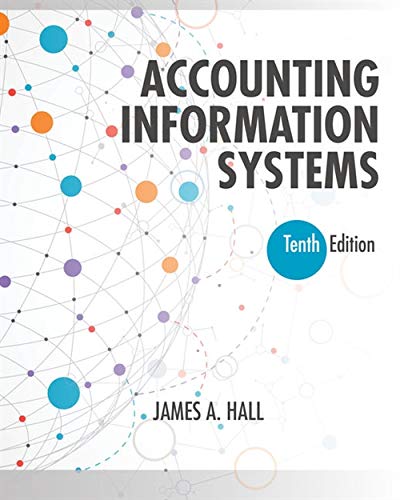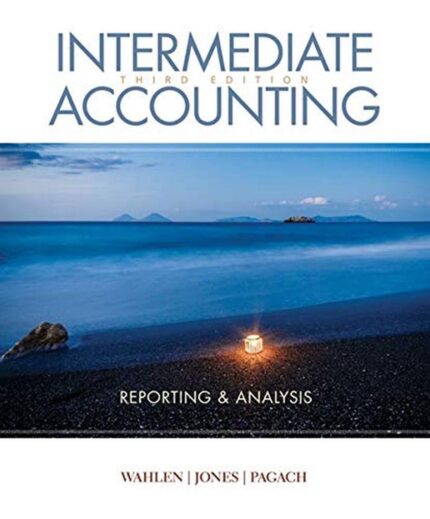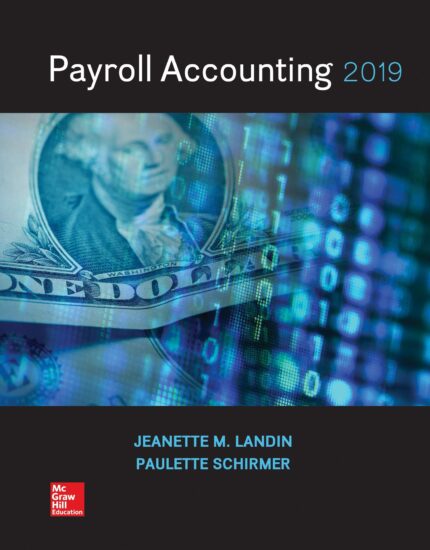Solution Manual for Management Accounting 8th Edition by Langfield-Smith
CHAPTER 1
Management Accounting: Information for Creating Value and Managing Resources
ANSWERS TO REVIEW QUESTIONS
1.1 There are many possible answers to the question.
Qantas, the national airline of Australia, has faced a number of changes in its business environment over the last 20 years, including deregulation of the domestic aviation industry. This resulted in increased competition as new companies attempted to enter the industry. The most notable of these was Compass, which madetwo failed attempts to succeed in the market and gain market share by savagely cutting prices. Qantas’major competitor, Ansett Australia, collapsed in 2001, resulting in Qantas having almost a monopoly for a short period. A powerful UK airline, Virgin, has also entered the market, with a history of taking legal action against market leaders who attempt to intimidate them using predatory pricing. Further, Impulse Airlines, a local airline, started operations, only to be eventually taken over by Qantas. On top of all this, the international terrorism crisis of 11 September 2001 saw a substantial contraction of international air travel for a period of many months, leading to the collapse of several United States airlines many times the size of Qantas.
Other changes to the business environment have included:
- unrest and war in the Middle East and speculation in oil,resulting in volatility and serious increases in fuel prices
- bombings in Bali in 2002 and 2005
- the outbreak of severe acute respiratory syndrome (SARS) in 2003
- natural disasters, such as the Asian tsunami in 2004
- the heavy subsidisation of competing national carriers, especially by Middle Eastern countries
- the entry of Tiger Airways into Australia
- extra capacity gained by Virgin Blue
- the shifting of significant parts of engineering maintenance operations offshore
- publicity surrounding a series of safety and engineering concerns, and an audit by the Civil Aviation Safety Authority(CASA) in 2008, finding that maintenance by Qantas was not up to its own standards, and
- financial uncertainty arising from the 2008 credit crisis and share market collapse.
In more recent times, two different volcanoes have caused the cancellation of flights forseveral days, and the explosion of an engine in a new range of aircraft, the A380, in November 2010 caused the grounding of that fleet until January 2011 while the reason was explored and overcome (see the ‘Real life’ in ‘Comparing two alternative investment projects’ in Chapter 21).
1.2 The explosion in e-commerce will affect management accounting in significant ways.One effect will be a drastic reduction in paperwork.Millions of transactions between businesses will be conducted electronically with no hard-copy documentation.Along with this method of communicating for business transactions comes the very significant issue of information security.Businesses need to find ways to protect confidential information in their own computers, while at the same time sharing the information necessary to complete transactions.Another effect of e-commerce is the dramatically increased speed with which business transactions can be conducted.In addition to these business-to-business transactional issues, there will be dramatic changes in the way management accounting procedures are carried out, one example being e-budgeting,the enterprise-wide electronic completion of a company’s budgeting process.
1.3 Management accounting information prepared on a regular basis includes product costs, profitability reports, and also individual resource costs such as materials purchased and used, labour costs and the costs incurred in providing and managing facilities. On an ad hoc basis, management accounting reports may be prepared to estimate future cash flows relating to the impact of purchasing and operating a new piece of equipment and the expected outcome from changing the product mix.
1.4 Management accounting is defined as ‘processes and techniques that are focused on the effective and efficient use of organisational resources to support managers in their task of enhancing both customer value and shareholder value’. Value creation is a central focus for contemporary managers. Customer value refers to the value that a customer places on particular features of a good or service (and which is what leads to them purchase the product). Shareholder value is the value that shareholders, or owners, place on a business,usually expressed in the form of increased profitability, increased share prices or increased dividends.
1.5 The important differences between management accounting and financial accounting are listed below.
(a) Management accounting information is provided to managers and employees within the organisation, whereas financial accounting information is provided to interested parties outside the organisation.
(b) Management accounting reports are unregulated, whereas financial accounting reports are legally required and must conform to Australian accounting standards and corporations law.
(c) The primary source of data for management accounting information is the organisation’s basic accounting system, plus data from many other sources. These sources will yield data such as rates of defective products manufactured, physical quantities of material and labour used in production, occupancy rates in hotels and hospitals and average take-off delays in airlines. The primary source of data for financial accounting information is almost exclusively the organisation’s basic accounting system, which accumulates financial information.
(d) Management accounting reports often focus on sub-units within the organisation, such as departments, divisions, geographical regions or product lines. These reports are based on a combination of historical data, estimates and projections of future costs. The data may be subjective and there is a strong emphasis on reporting information that is relevant and timely. Financial accounting reports tend to focus on the enterprise in its entirety. These reports are based almost exclusively on verifiable transaction data. The focus is often on reliability rather than relevance and the reports are not timely.
1.6 The cost accounting system is one part of an organisation’s overall accounting system, the purpose of which is to estimate the cost of goods and services, as well as the cost of organisational units such as departments. Cost information accumulated by the cost accounting system is used for both management accounting and financial accounting purposes. Management accounting uses include setting prices, controlling operations and making product-related decisions. Financial accounting uses include valuation of inventory and cost of goods sold for the manufacturer’s balance sheet and income statement respectively.
Management accounting is broader than just the preparation and reporting of financial

